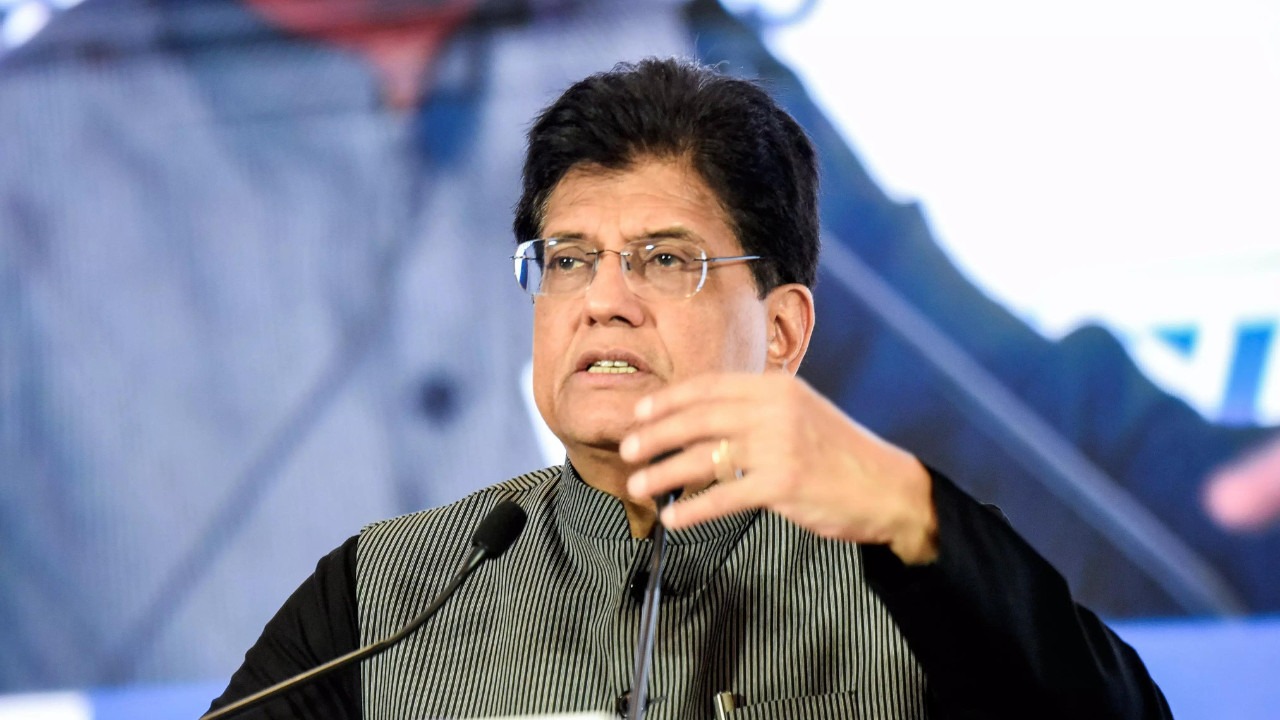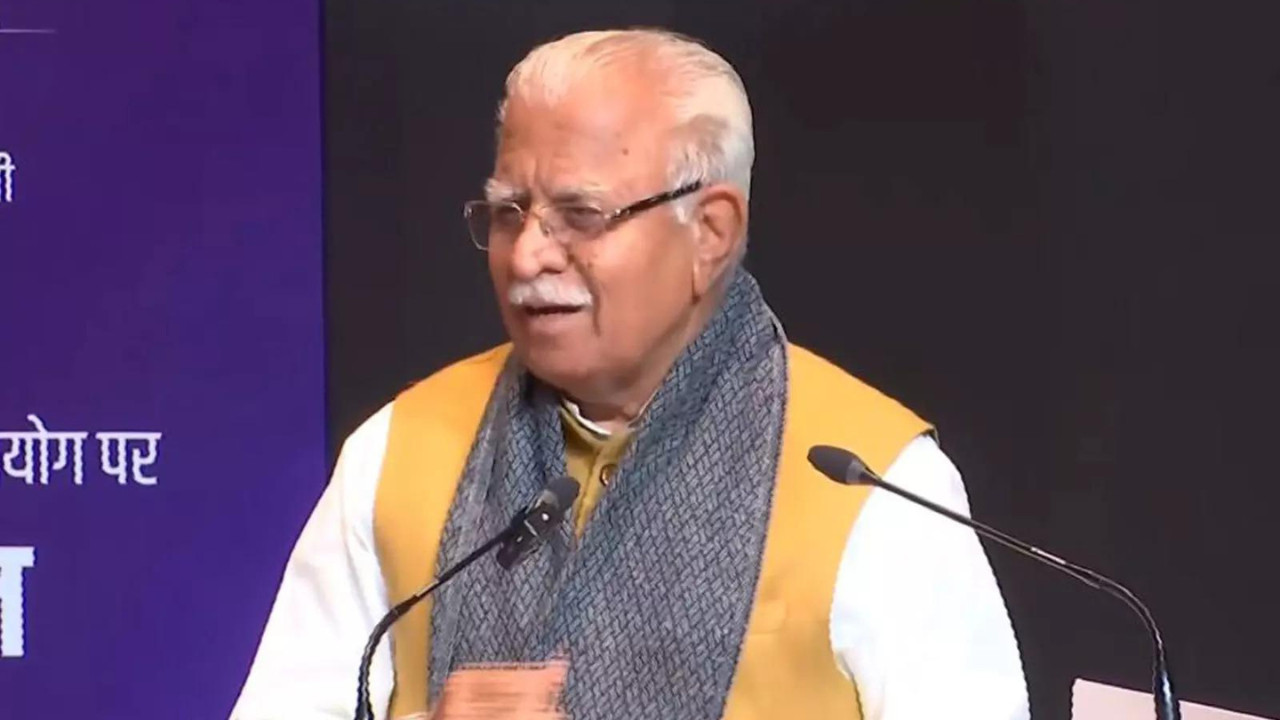A comprehensive GST 2.0 revamp is on the horizon, aiming to overhaul India’s indirect tax system by resolving classification conflicts and duty inversions. The proposed changes, including rate rationalization and enhanced coordination between tax authorities, seek to provide businesses with greater certainty.
GST 2.0: Beyond Rate Tweaks, a System Overhaul Looms
The Goods and Services Tax (GST), implemented with the promise of a unified and simplified indirect tax system, is poised for a significant evolution. Forget just tinkering with tax rates; whispers from the corridors of power suggest a far more comprehensive revamp, unofficially dubbed “GST 2.0,” is on the horizon. The GST Council is slated to meet September 18-19, and on the agenda is a deep dive into resolving longstanding structural issues that have plagued the system since its inception.
For businesses across India, this could translate to significant changes in how they navigate the tax landscape. The focus is shifting from simply adjusting tax brackets to addressing fundamental flaws that create confusion, disputes, and inefficiencies. What can we expect from this next phase of GST?
Untangling the Classification Conundrum
One of the biggest headaches for businesses under the current GST regime has been the ambiguity surrounding the classification of goods and services. Different interpretations of the rules have led to endless disputes with tax authorities, often resulting in costly litigation and administrative burdens. GST 2.0 aims to tackle this head-on by streamlining classification procedures and providing greater clarity on what falls under which tax bracket.
Imagine a scenario where a manufacturer produces a product with multiple components. Determining the appropriate GST rate for each component, and then for the final product, can be a complex exercise, prone to errors and disagreements. The revamp proposes creating more robust guidelines and potentially utilizing technology, perhaps AI-powered classification tools, to minimize human error and subjectivity. This simplification would not only reduce compliance costs for businesses but also foster a more transparent and predictable tax environment.

Fixing the Inverted Duty Structure
Another critical area of focus for GST 2.0 is addressing the persistent problem of inverted duty structures. This occurs when the GST rate on inputs (raw materials or components) is higher than the rate on the finished goods. This creates a peculiar situation where businesses are unable to claim full input tax credit, leading to an accumulation of credits and, ultimately, financial losses.
Several sectors, including textiles and fertilizers, have been particularly hard hit by inverted duty structures. The proposed revamp seeks to rectify these anomalies by either raising the GST rate on finished goods or lowering the rate on inputs, thereby restoring the natural flow of input tax credit and improving the competitiveness of domestic industries. This correction is expected to unlock significant working capital for affected businesses and encourage greater investment in manufacturing.
Beyond the Big Two: Other Areas of Focus
While classification disputes and inverted duty structures are the primary targets of GST 2.0, the revamp is expected to encompass a broader range of reforms. This could include simplifying the GST return filing process, strengthening enforcement mechanisms to combat tax evasion, and improving the overall efficiency of the GSTN (Goods and Services Tax Network) portal.
The GST Council is also likely to consider measures to enhance tax compliance, such as expanding the scope of e-invoicing and leveraging data analytics to identify potential tax loopholes. The ultimate goal is to create a GST system that is not only simpler and more efficient but also more effective in generating revenue for the government.
What Does This Mean for Your Business?
The impending changes under GST 2.0 represent a significant opportunity for businesses to streamline their operations and reduce their compliance burden. While the specifics of the revamp are still under discussion, it’s clear that the government is committed to addressing the structural issues that have hampered the effectiveness of the GST system.
Businesses should closely monitor the developments at the upcoming GST Council meeting and prepare themselves for the changes that are likely to follow. Proactive engagement with tax advisors and a thorough review of existing GST compliance practices will be essential to navigate the transition smoothly and capitalize on the benefits of the revamped system. You might also consider exploring the benefits of automated GST return filing software to ensure compliance. See our guide on [choosing the right GST software](internal-link-to-gst-software-guide).
Looking Ahead: A More Mature GST System
GST 2.0 represents a crucial step towards creating a more mature and effective GST system in India. By addressing fundamental flaws and simplifying compliance procedures, the revamp has the potential to unlock significant economic benefits for both businesses and the government. The focus on enhanced transparency, reduced litigation, and improved revenue generation will pave the way for a more robust and sustainable indirect tax system that supports India’s long-term economic growth. The key to successful GST implementation lies in proactive adaptation and leveraging the opportunities presented by these changes.







